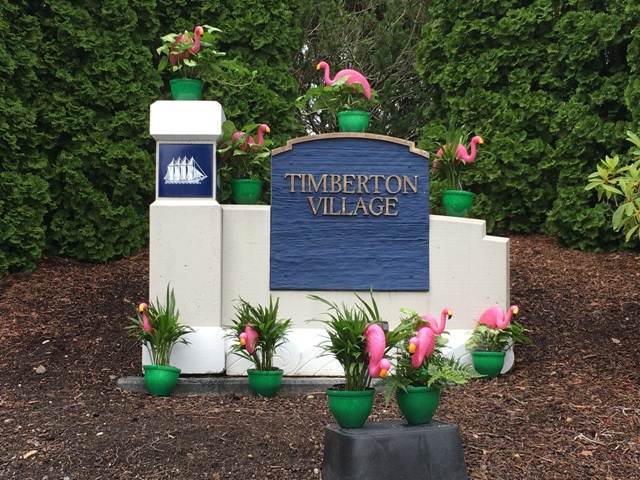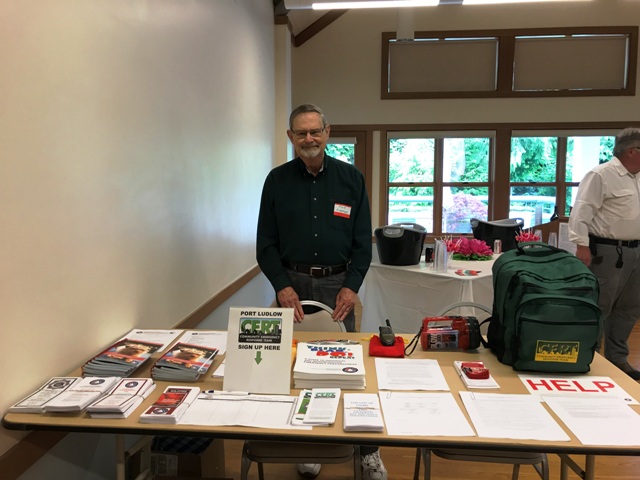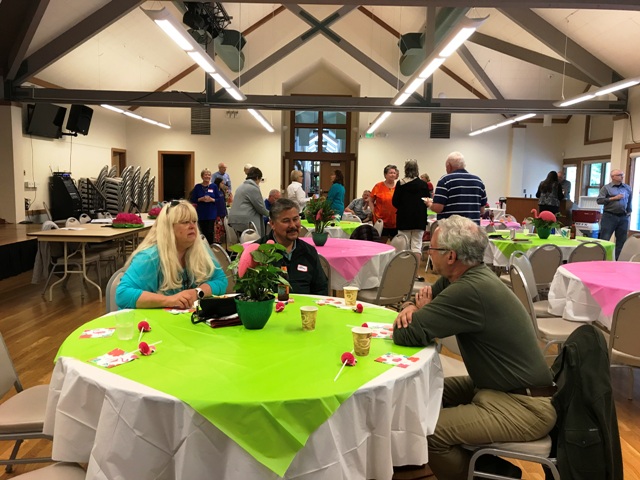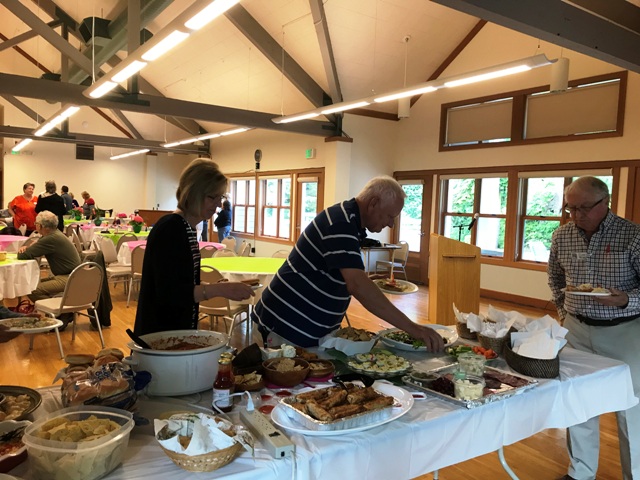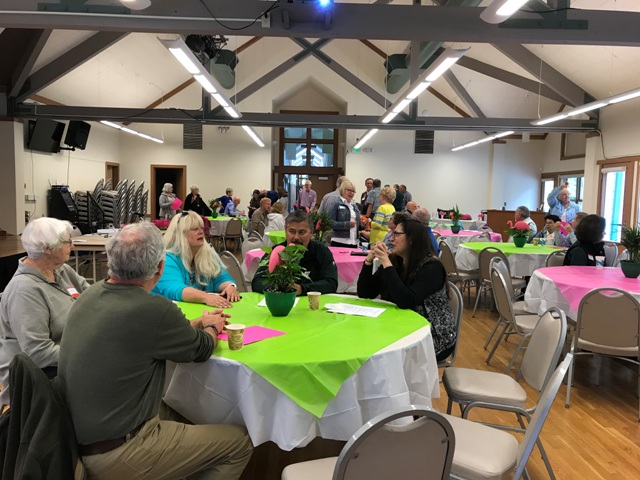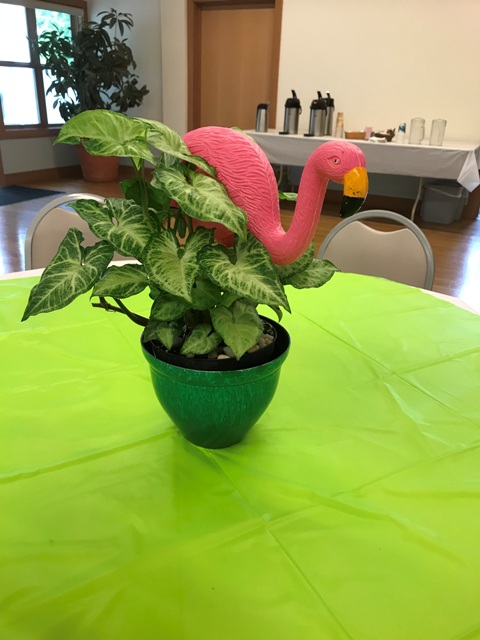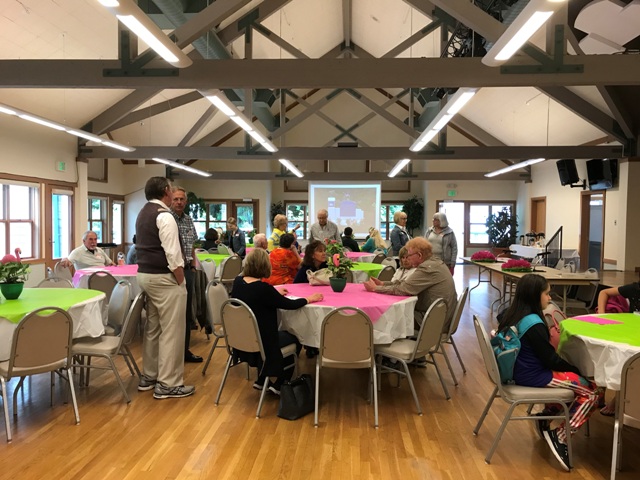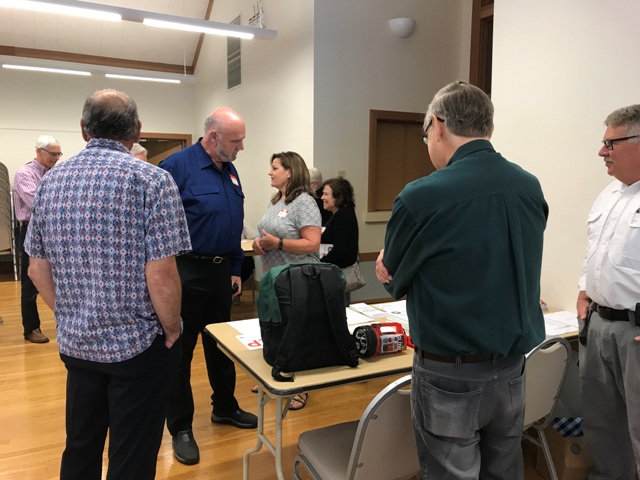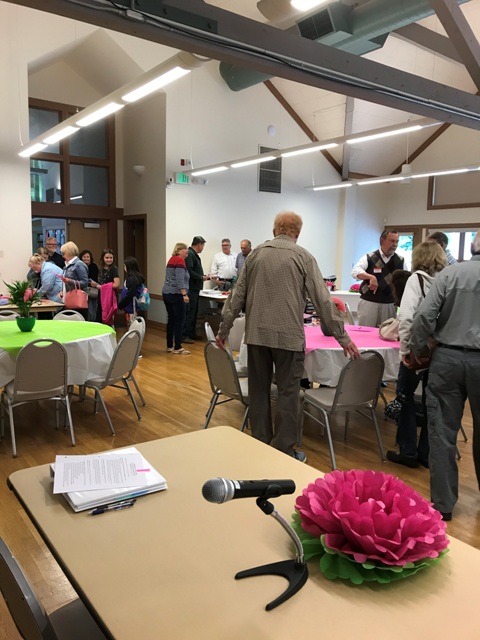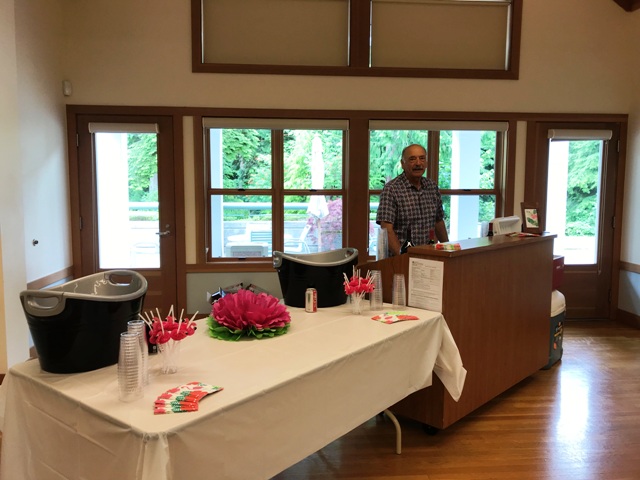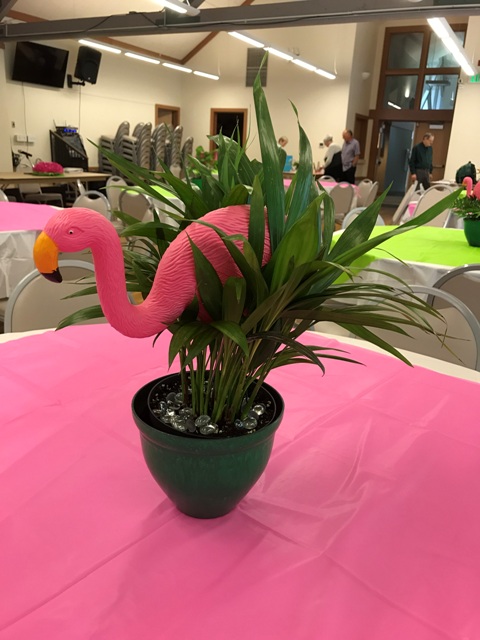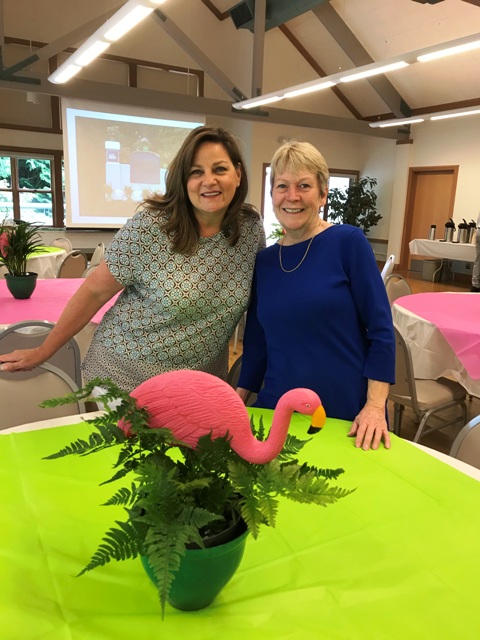Timberton Neighbors –
A Special Board meeting was held this morning, Tuesday July 10, 2018, to allow the Directors to vote for Officer and other positions on the Board. The results are:
1) President — Mike Burke
2) Vice President – Dave Tietjen
3) Secretary – Vicki Derrenberger
4) Treasurer — Vicki Derrenberger
5) ARC Representative – Lori Wilcox
6) Vegetation Management Committee Chairperson — Debbie Wills
The Board has also set the schedule of regular board meetings for the 2018-2019 fiscal year. Per the vote at the June 2018 annual meeting, the frequency of these regular meetings has been reduced from bi-monthly to quarterly. Timing of certain Board activities, such as budget and annual meeting preparation, influenced the selection of certain dates.
Please be advised that the 2018-2019 TVHA Regular Board Meetings will be held on the following Mondays at 3:00 PM at the Bay Club:
September 10, 2018
December 3, 2018
March 25, 2019
May 13, 2019
The next Annual Meeting will be held on Monday, June 24, 2019.
Should an issue arise between these dates that requires Board action, a special meeting may be called. We welcome comments to the Board through the Timberton website Contact the Board tab, or directly with any Board member.
Enjoy the beautiful weather that is headed our way!
Vicki Derrenberger
TVHA Secretary

